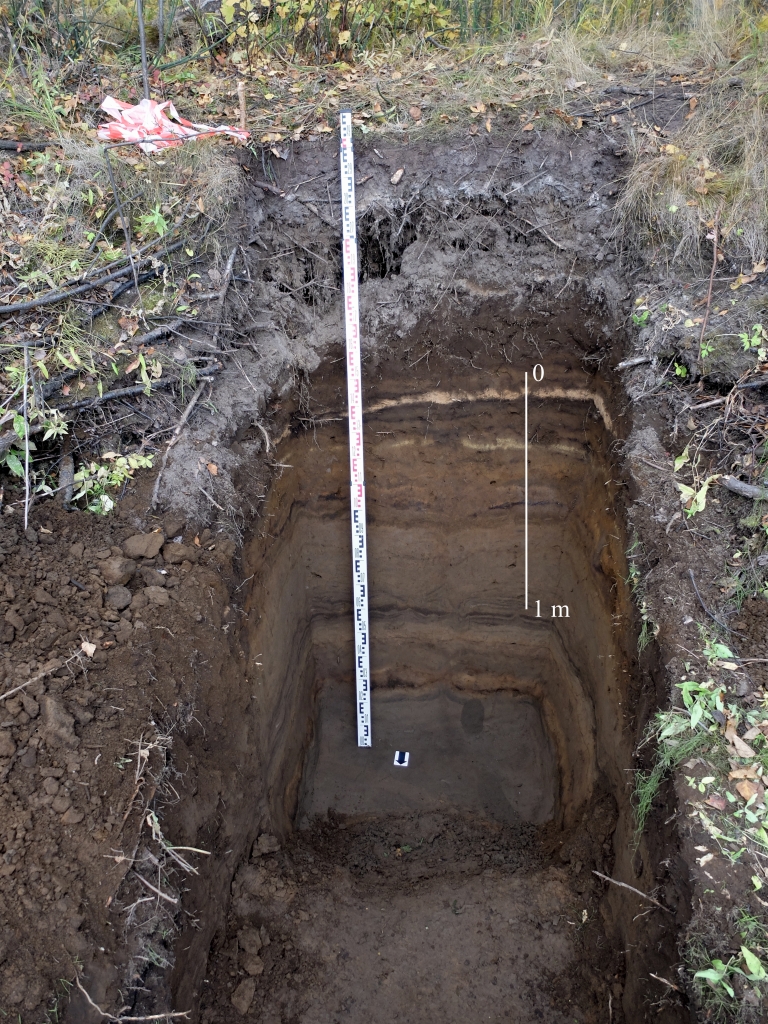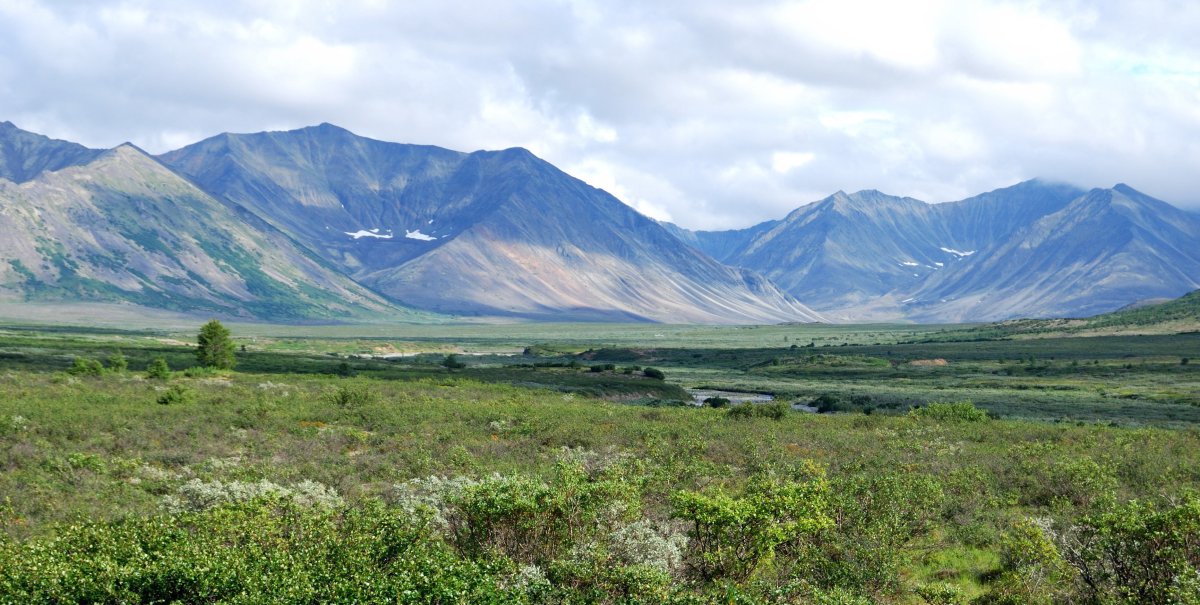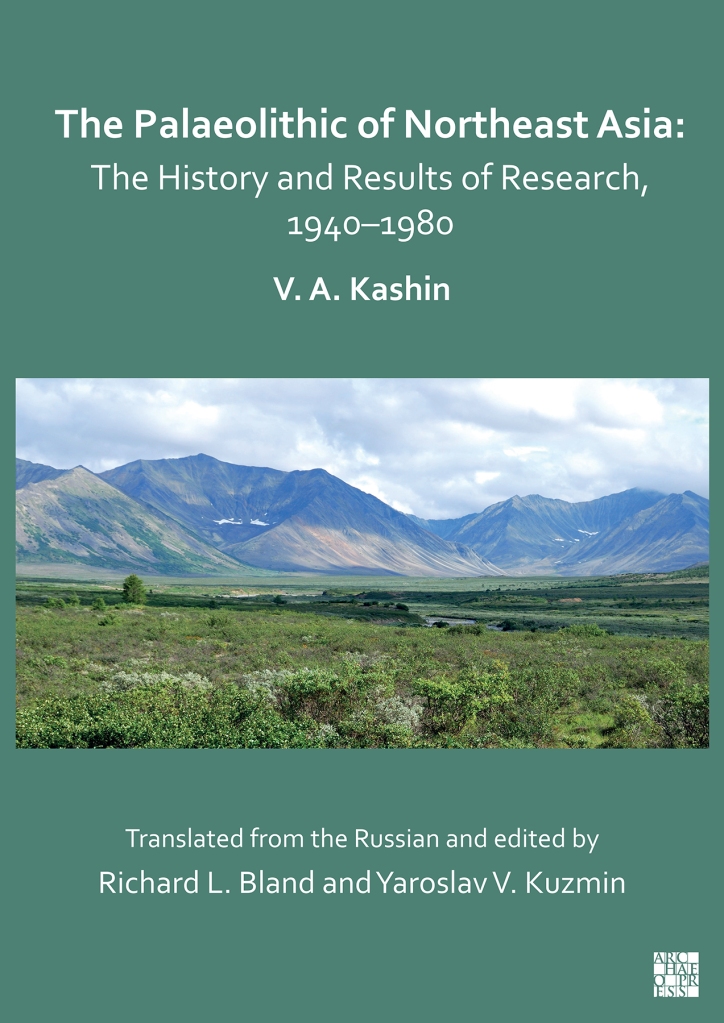The Palaeolithic of Northeast Asia: The History and Results of Research in 1940–1980, a book written by Vitaly A. Kashin (1946–2010), was originally published in Russian in 2003. It contains meticulous descriptions of discoveries of Palaeolithic sites in a vast region of Northeast Asia (essentially, the northeastern part of modern Russia), and analysis of hypotheses, ideas, and concepts related to the Northeast Asian Palaeolithic. This is especially important for better understanding the development of knowledge on this subject, closely related to the issue of the peopling of the New World, because a very limited number of papers by Soviet/Russian archaeologists on the Palaeolithic of Northeast Asia were published in English (and other languages) until the mid-1990s. This volume is a very valuable source about the creation and development in the USSR of the concepts dealing with the problem of the initial human settlement of both Siberian Arctic and the Americas. It is now available in English (translated and edited by Richard Bland and Yaroslav Kuzmin) for the international scholarly community, and as far as I know, this is the first kind of book on this subject.
The author of the book, Vitaly A. Kashin, was involved in archaeology from the age of nineteen. He participated as an employee of the Institute of Language, Literature, and History (Yakut Division of the Siberian Branch, USSR Academy of Sciences) in excavations of all important Palaeolithic sites in the Aldan River basin from the mid-1960s to the late 1980s; thus, gaining first-hand knowledge of its prehistory and stratigraphy including controversial issues. In 1991, he defended his Cand. Sci. (Ph.D.-equivalent) dissertation that is the basis of this book. After that, Kashin moved to the Institute of Humanitarian Studies, Academy of Sciences of the Republic of Sakha (Yakutia), and continued archaeological works in the Kolyma River basin, where he found and studied 47 Neolithic sites, until his death.

The main dramatis personae of this book are four scholars – Aleksei P. Okladnikov (1908–1981), Nikolai N. Dikov (1925–1996), Yuri A. Mochanov (1934–2020), and Svetlana A. Fedoseeva (1936–2017) (the latter two were also husband and wife). They made the largest contribution to the creation and development of archaeology in Northeast Asia, the vast and remote part of Eurasia. Their works are described in numerous books and edited volumes published in both Russian and English.

However, the history of Palaeolithic studies in Northeast Asia is also a history of personalities. A biography of Okladnikov was recently published by Archaeopress (see Konopatskii 2019, 2021). It is well known that Okladnikov, as a ‘doyen’ of Siberian archaeology, was to some extent jealous of other researchers who worked in regions that were previously studied by him, especially the basins of the Lena and Angara rivers. Therefore, Dikov, Mochanov, and Fedoseeva were his rivals (in a scientific sense). For example, Okladnikov did not support Dikov during the early stage of his career, but later accepted Dikov’s Dr. Sci. dissertation for defense at the Institute of History, Philology, and Philosophy (Siberian Branch, USSR Academy of Sciences) in Novosibirsk, where Okladnikov was a Director and a head of the Scientific Council.
Since the research for this volume was completed in 1991, and included in Kashin’s Cand. Sci. dissertation, several books and a plethora of papers were published in English about the archaeology and palaeoecology of the Northeast Asian Palaeolithic. We cite the most important sources in the Translators’ Introduction.
In this book, the description of materials from major Palaeolithic sites in Northeast Asia is given, including famous Berelekh and Ushki that were considered for decades by Russian and many foreign scholars as starting points of the route from Siberia to the Americas via submerged semi-continent of Beringia at the end of the Pleistocene.



We (Richard Bland and I) are grateful to several colleagues for their cooperation in our work, especially to those who supplied us with photographs of the landscapes and sites in Northeast Asia, including V. V. Pitulko (Berelekh site) and N. A. Krenke (Ushki site).
This book is for archaeologists, ethnographers and historians of science in the USSR and worldwide. It has an especial interest for students of the peopling of the Siberia and the Americas.
References
Konopatskii, A.K. (2019). Aleksei P. Okladnikov: The Great Explorer of the Past. Volume 1: A biography of a Soviet archaeologist (1900s – 1950s). Oxford: Archaeopress.
Konopatskii, A.K. (2021). Aleksei P. Okladnikov: The Great Explorer of the Past. Volume 2: A biography of a Soviet archaeologist (1960s – 1980s). Oxford: Archaeopress.

Many thanks to Yaroslav V. Kuzmin for supplying this latest post for the Archaeopress Blog.
The translated edition of Vitaly A. Kashin’s The Palaeolithic of Northeast Asia is available now in paperback and PDF eBook editions. The book combines details of discoveries of Palaeolithic sites in a vast region of Northeast Asia (covering mostly the northeastern part of modern Russia), and meticulous analysis of hypotheses, ideas, and concepts related to the Northeast Asian Palaeolithic.
Order direct from Archaeopress:
Paperback: £30.00
PDF eBook (personal use): £16.00
PDF eBook (institutional): £30.00

Richard L. Bland and Yaroslav V. Kuzmin’s translations of Aleksander K. Konopatskii’s biography of Soviet archaeologist Aleksei P. Okladnikov is available in two volumes:
Volume I: Paperback £24.99 / PDF £16.00
Volume II: Paperback £34.99 / PDF £16.00
Discounted bundle offer:
Vol I & II: Paperback: £45 / PDF: £22.00



One thought on “The development of the knowledge and concepts for the Palaeolithic of Northeast Asia in the 1900s – 1970s”